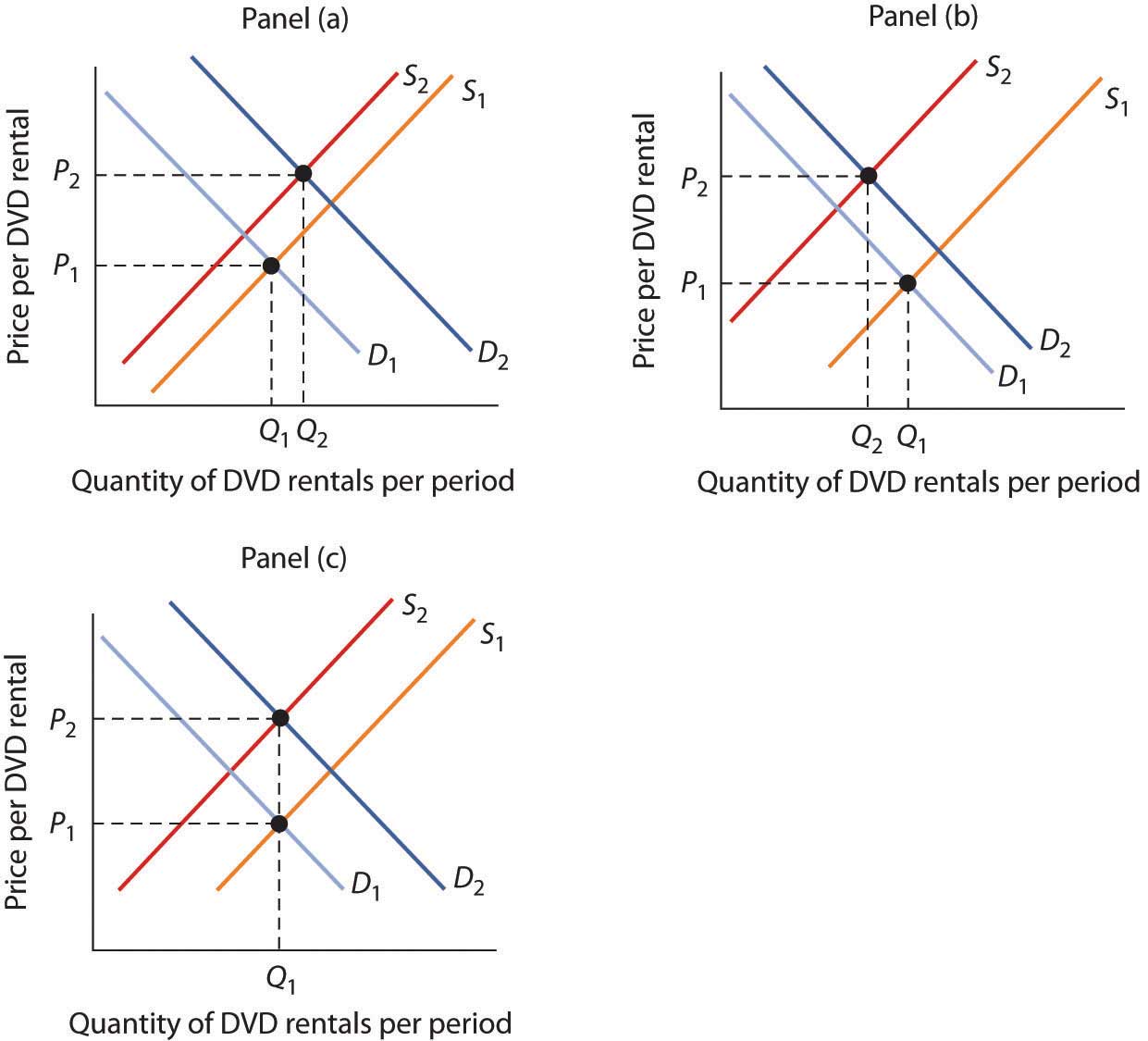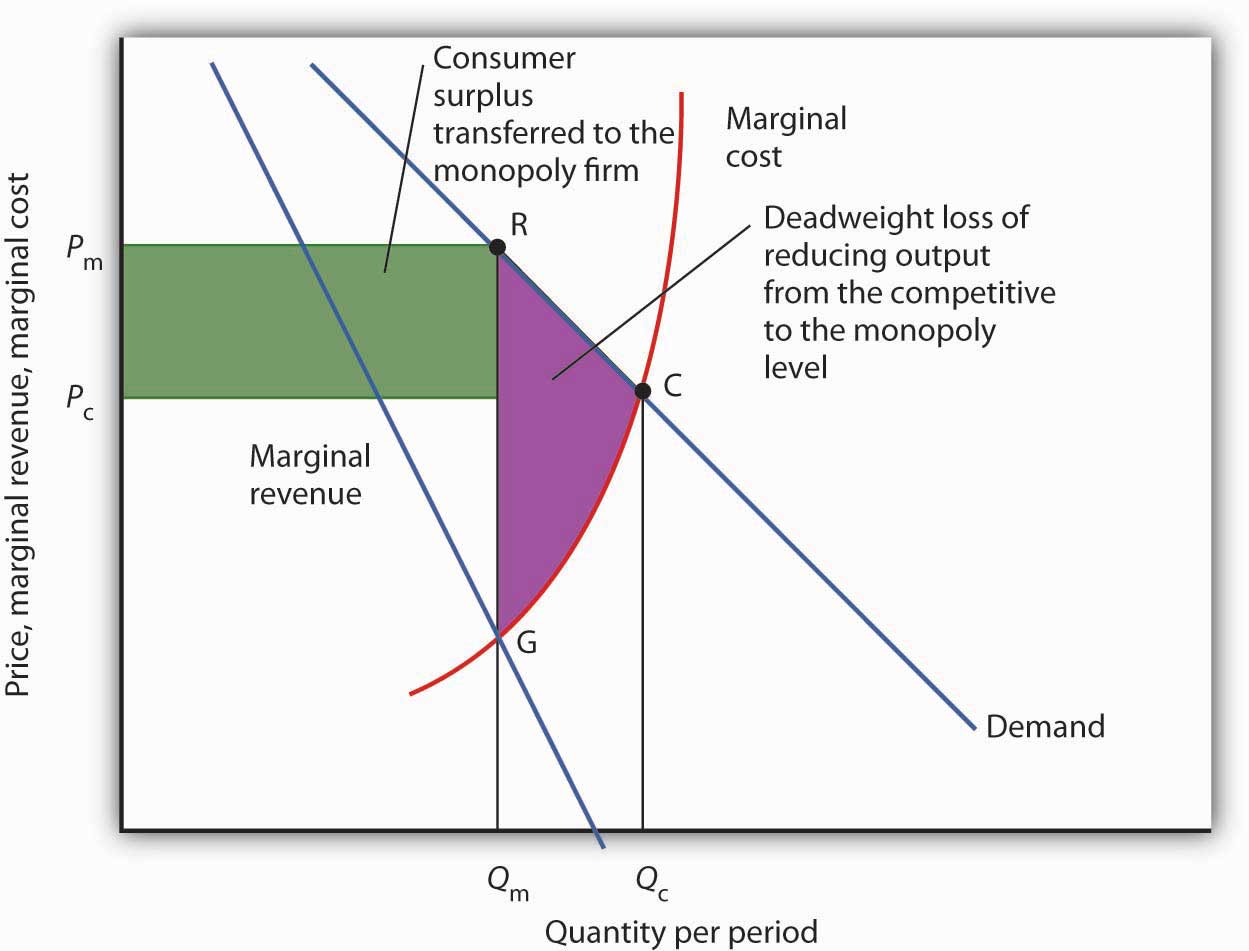

It states that aggregate supply is not determined by the price level or AD, but is determined by factors of production, – land, labour, capital and labour productivity. This is the classical view of long run aggregate supply (LRAS). If there was an increase in investment or growth in the size of the labour force this would shift the LRAS curve to the right.

The long run aggregate supply curve (LRAS) is determined by all factors of production – size of the workforce, size of capital stock, levels of education and labour productivity. If there is an increase in wages, the SRAS will also shift to the left.ĭifference between shift in SRAS and movement along SRASĪ shift in SRAS could be due to higher oil prices (left diagram)Ī movement along SRAS could be due to higher AD, which leads to increase real GDP and PL. higher oil prices), the SRAS will shift to the left. If there is an increase in raw material prices (e.g.

In the short run, an increase in the price of goods encourages firms to take on more workers, pay slightly higher wages and produce more.However, in the short run you can increase the utilisation of existing factors of production, e.g.in the short run you can’t build a new factory) Essentially, the SRAS assumes that the level of capital is fixed.Readers Question: What is the difference between short run aggregate supply (SRAS) and Long run aggregate supply (LRAS)?


 0 kommentar(er)
0 kommentar(er)
